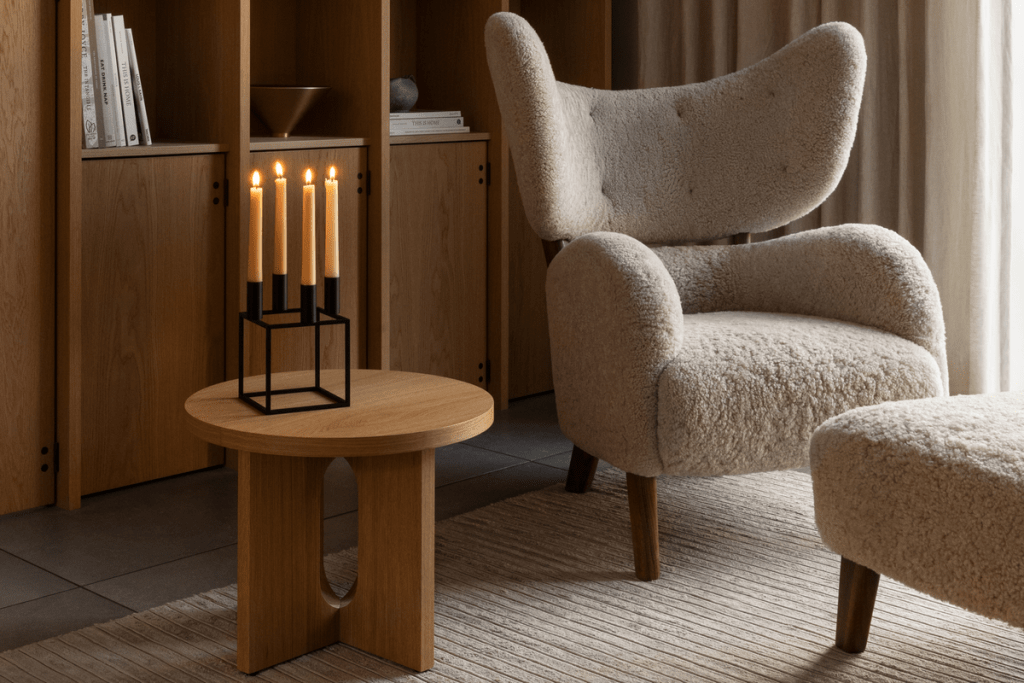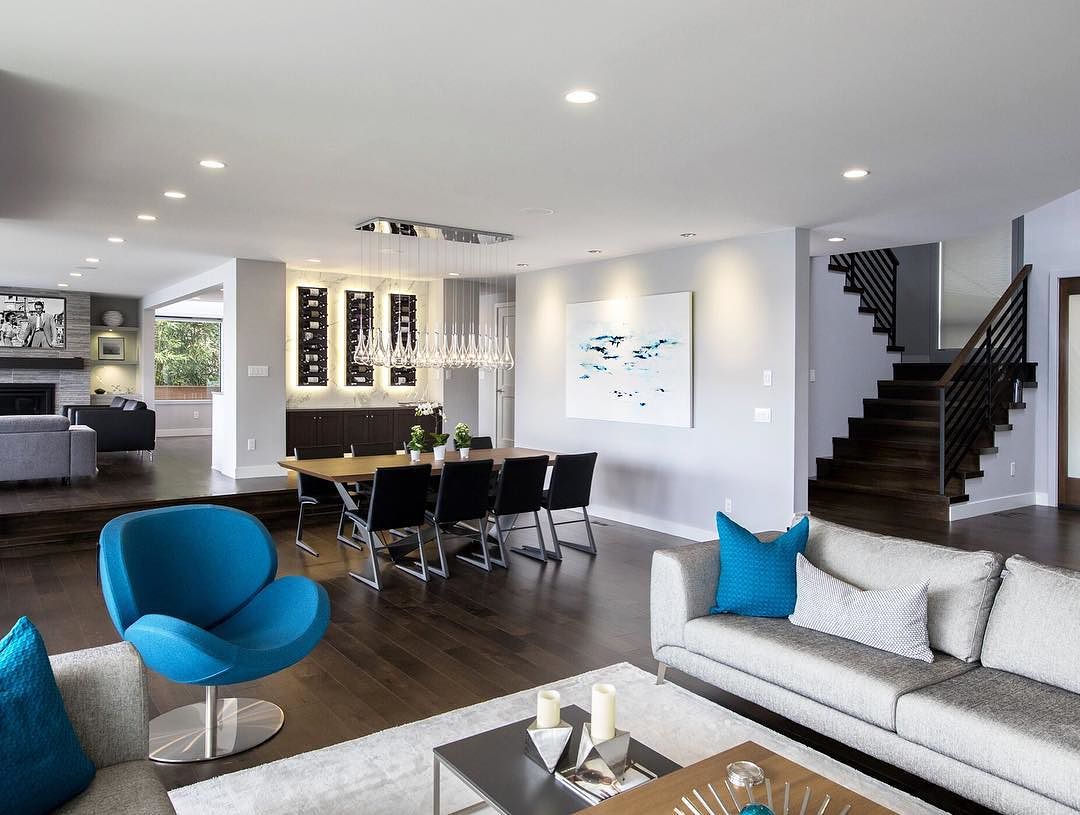
Good design is simple, elegant and, most of all, functional. Lighting is a critical aspect of any good design—too little and you can’t see; too much and the space becomes uncomfortable to be in. One of the easiest things you can do to improve the functionality of your home is add dimmers. This is a standard trick designers use to dramatically change a space, and it can be as simple as swapping out a switch.
While dimming has changed as new lighting technologies have come online, it does not have to be an intimidating process. To make sure you are doing it correctly, there are two factors to consider: The first is your light source, and the second is the dimming mechanism to be used.
If all else fails, refer back to the manufacturer requirements and recommendations if there is ever any question.
Basic Dimmer Types
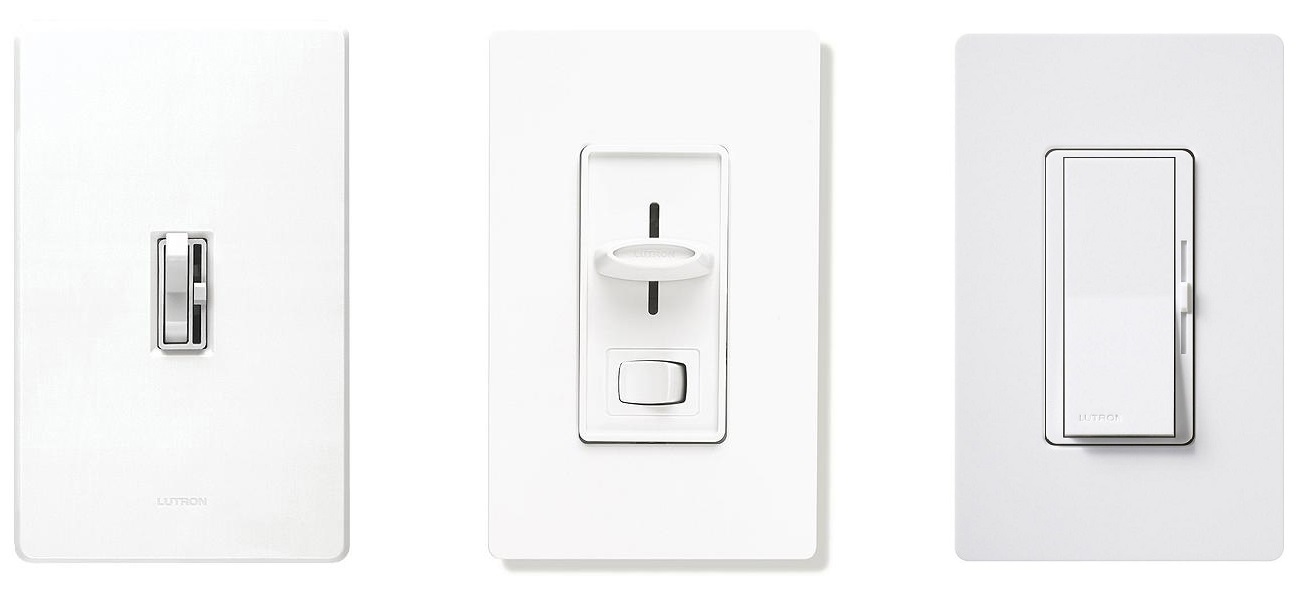
- Standard/Rotary: This is the oldest type of dimmer we have. Designed with incandescent in mind, these dimmers work like a spigot on a hose—turning it lowers the amount of power reaching the lamp and therefore the amount of light generated.
- Electronic Low Voltage (ELV): The ELV dimmer is designed for us with an electronic driver. This is also the driver required for most dimmable LED fixtures.
- 0-10 Volt: This is a specific dimmer style used commonly in Europe and on commercial applications in the US. This system requires extra wiring from most American uses, so it is best for newly wired applications or where rewiring is not a major issue.
- Integrated Dimmers: Some fixtures are not leaving it up to chance (or offer more complex light controls than just dimming) and come with their own systems. These fixtures will offer their own proprietary controls, often remote based.

Want to take even more guesswork out of choosing dimmers for your various light fixtures? Then find a dimmer that can dim light fixtures with any kind of lamping. There aren’t many out there, but TruUniversal from Legrand Adorne is one.
Lighting Types with Dimmers
Incandescent
This is your classic screw-in bulb, known far and wide: a glass bulb that contains a wire filament, mostly tungsten, which has an electrical current run through it. As the wire heats, it changes color and radiates the energy in the form of light. While this is the most basic light source, it is also one of the least efficient. To help combat this, newer versions use halogen or xenon. These replace the inert gas inside the bulb with their namesakes, greatly improving the lifespan of the filament and making the efficiency a bit better.
How to dim incandescent: This is the easiest type of lighting to dim. Like turning the spigot on a hose, it is just a matter of lowering the power supplied to the filament. Standard rotary or basic slider dimmers will do for basic bulbs. Incandescent low voltage systems, like rail systems, have transformers that may require an ELV dimmer to protect the driver.
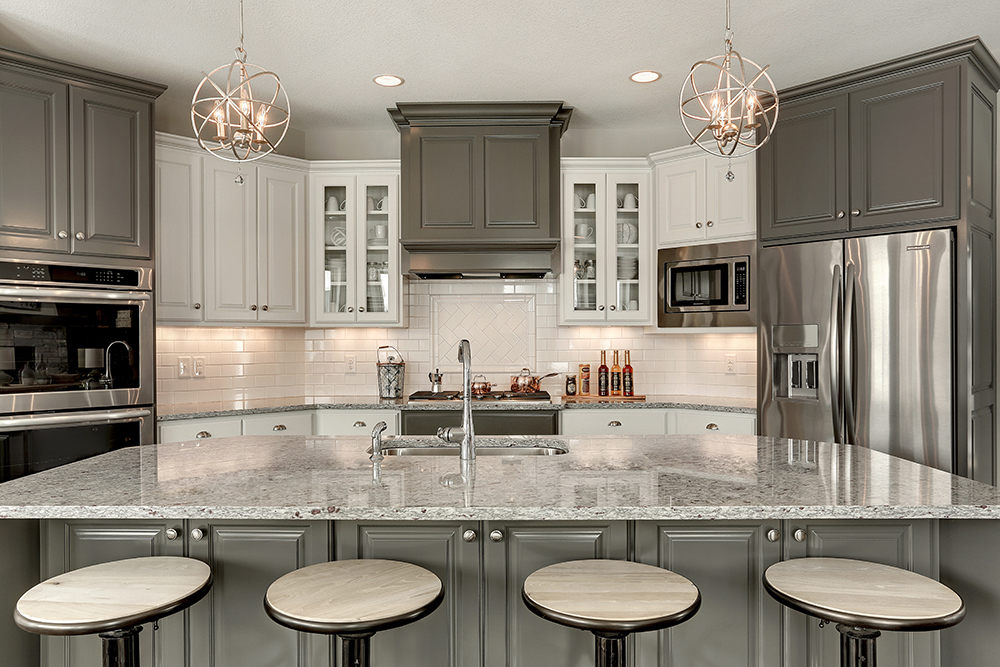
Many states have put bans on standard incandescent bulbs. This does not mean that incandescent bulbs are gone for good; it just means that standard household bulbs need to use more efficient inert gases like halogen or xenon. That means you can still get the same amount of light as your old 100-watt bulb, but now using just 72 watts of power.
Fluorescent
Dedicated fluorescent fixtures generate light using a much different process. Instead of a physical filament, the bulb, generally a tubular shape, is filled with a mercury vapor. When a current is exposed to the vapor it becomes excited and shoots off ultraviolet light, which hits the inside of the tube. This tube has a phosphorus coating that reacts with ultraviolet light, emitting visible light. These systems are much touchier than others; they require a ballast that meters out the power to the lamp so that it does not buzz or pulse. This system is much more efficient, using many less times the power needed even for halogen bulbs. Because of this they are often used in commercial or institutional spaces.
How to dim fluorescent: This type of fixture is commonly not dimmable due to the cost of dimmer-compatible ballasts. If dimmable, generally use a 0-10 volt dimming system.
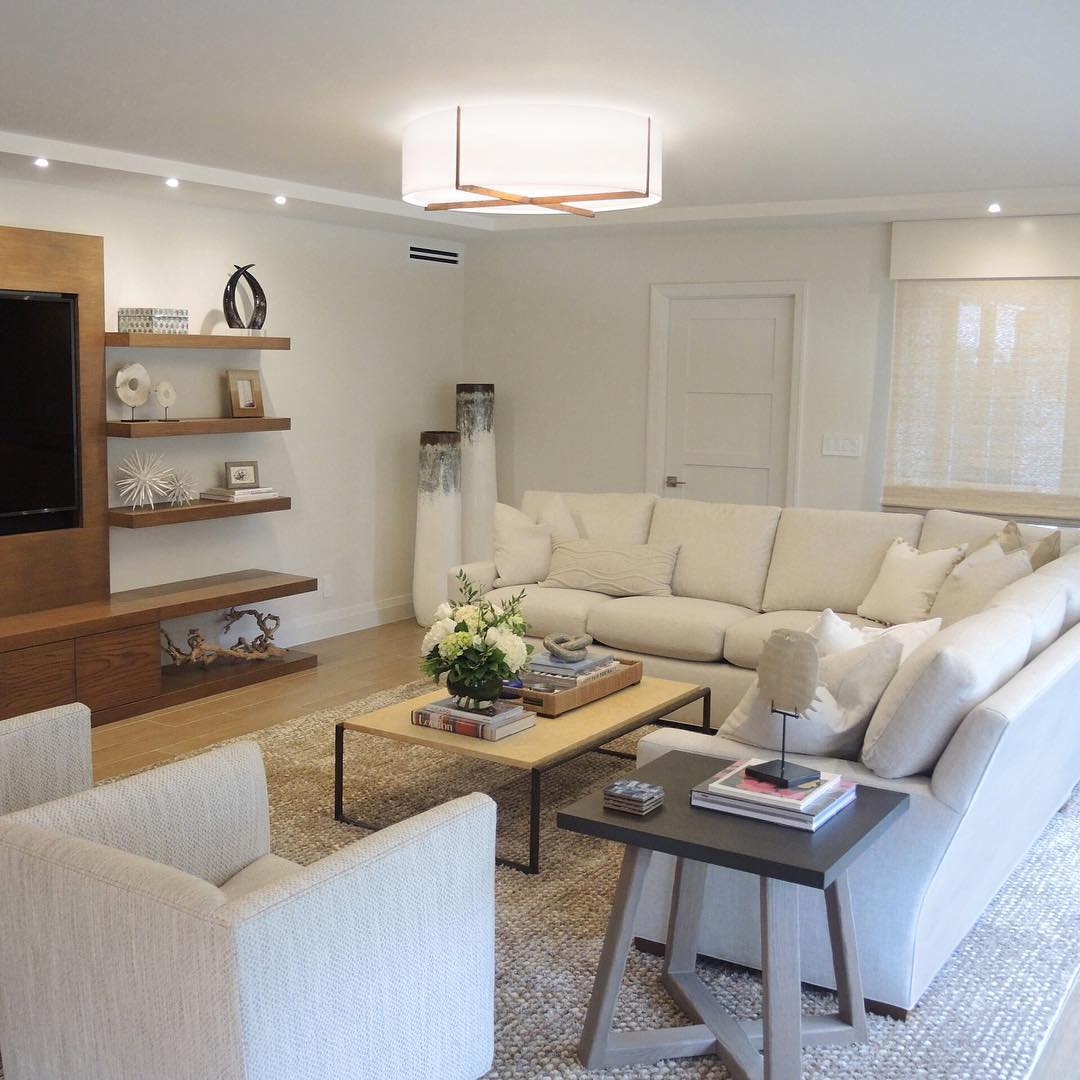
Compact Fluorescent Bulbs (CFL)
CFL bulbs were an early attempt at putting high efficiency lighting into the home. Basically small fluorescent tubes curled in on themselves, these bulbs were fitted with their own onboard ballast and standard screw bases. Early models had issues with color temperature and color rendering, resulting in many people avoiding them—issues that have since been fixed.
How to dim CFL: Newer CFL bulbs are generally dimmable, but refer to the bulb itself to make sure. Generally, you can use a standard dimmer.
Integrated LEDs
LED stands for Light-Emitting Diode. This is a newer process of generating light, and the most efficient on the market to date. LEDs create light using a semiconductor structured in a way so that when an energy field is applied, the interaction of the electrons generates light. Almost all LEDs on the consumer lighting market have a phosphor coating that tones the light to a color range that we are used to.
For commercial usage, these LEDs are attached to a plate or panel of some shape designed for the specific fixture it is being put into. While this produces much less heat than earlier processes, it still does create some heat, which is dissipated using heat sinks that are built into the design of the module or fixture. Like fluorescent, this process does require a metered and even power source. That’s why almost all LEDs have a driver on them, with newer development moving towards a “chip on board” design, which behaves much like a classic light source.
How to dim integrated LEDs: Dimming LEDs depends on the module used. Be aware of manufacturer requirements and that some LEDs that can dim will cut out at the final 10% of output. While most integrated LEDs require an ELV dimmer, some European brands use the 0-10 volt system.
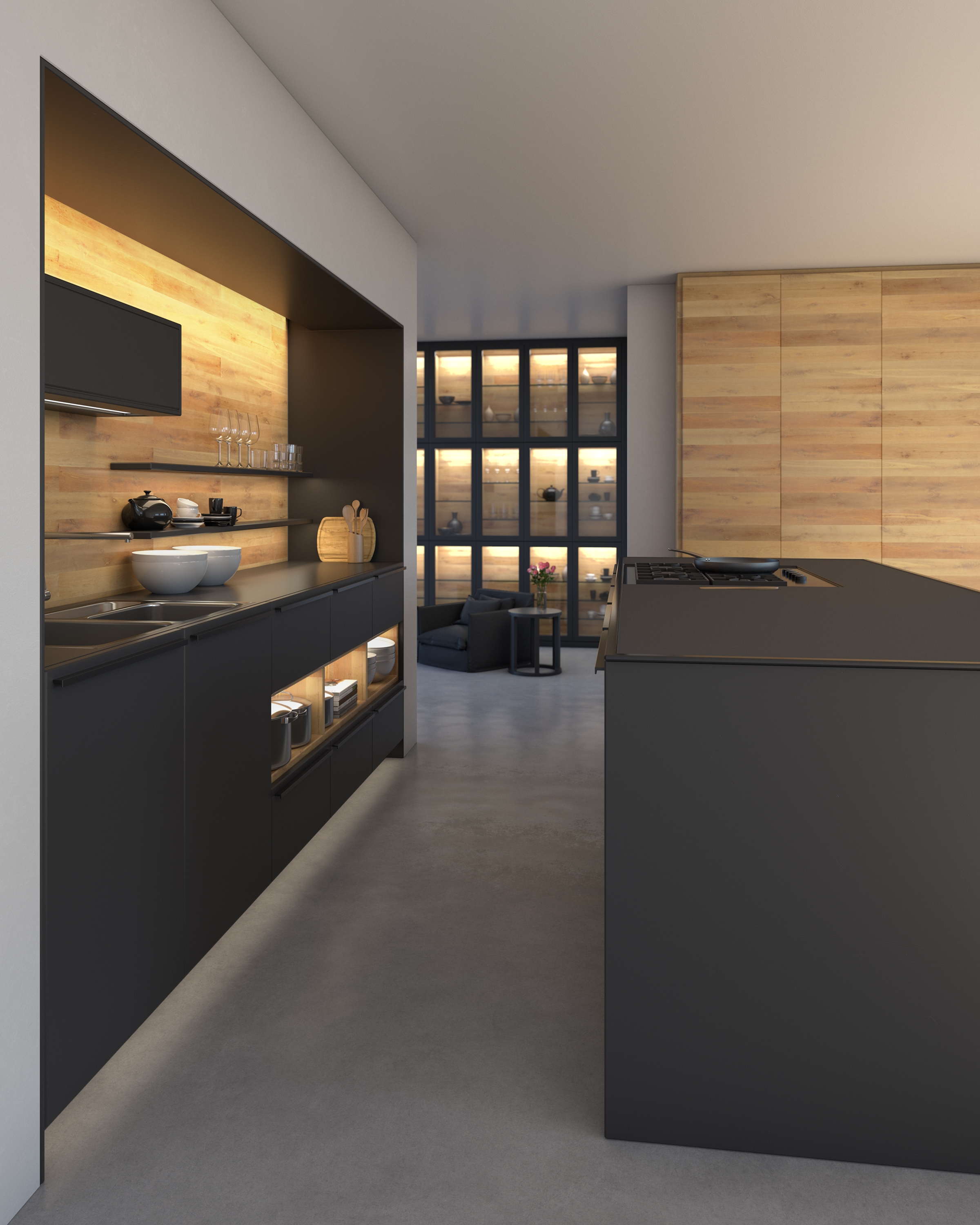
LED Bulbs
Another way to get efficient lighting to the masses. LED bulbs have their own drivers—and heat sinks, if needed—and come in the most common socket shape and sizes.
How to dim LED bulbs: Like CFLs, LED bulbs can generally dim using a CL dimmer, but make sure to check manufacturer requirements.
Color temperature, or how warm or cool a light source appears, is not something that is commonly considered when it comes to dimming. As an incandescent light source is dimmed, less power is fed to the filament and it cools down. As it cools, the light becomes warmer in tone (more yellow-orange-red). As LED does not generate light in the same way, it does not react the same when dimmed. This can mean a dimmed LED can seem odd or grayish in color, not the warm tone we’re used to. While still on the forefront, some manufacturers offer “warm dim” LEDs that change color temperature as the light output steps down.








